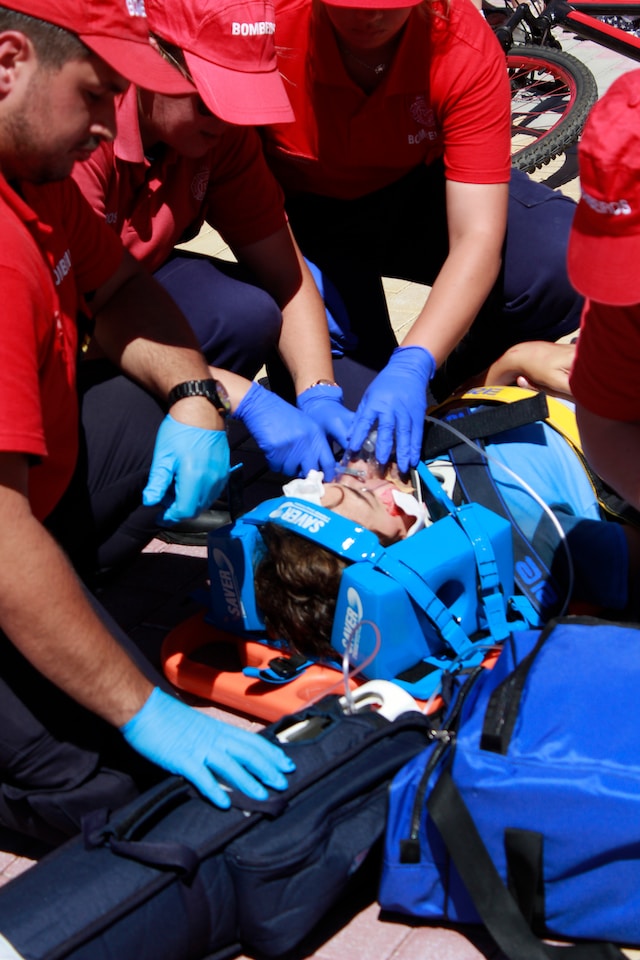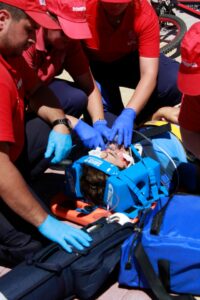

Emergency ultrasound and echoscopy : Where’s the difference ?
When a life-threatening emergency occurs, diagnosing needs to be done as quickly as possible. For this, there is a medical imaging test called echoscopy. This technique combines ultrasound with a stethoscope. It provides the data needed for emergency diagnosis in real time. The aim is to improve the management and therapeutic choice of patients in vital distress. It is a qualitative method, as opposed to ultrasound, which is more quantitative. Ultrasound allows more precise measurements of organs. The SFMU (French Society of Emergency Medicine) has issued recommendations on the use of clinical ultrasound in emergency medicine.
What advantages does ultrasound offer?
Ultrasound has many advantages. Ultrasound has many advantages, especially when there is a need for rapid action or when the patient’s transport is difficult.
1 – Speed to act
First and foremost, emergency ultrasound provides instant results. This allows for quick action to find the right solution for the patient.
2- Mobility
What’s more, thanks to point-of-care technology and ultra-portable ultrasound scanners, emergency ultrasound can be performed anywhere, in the hospital or at home.
3-Flexibility
Finally, it’s suitable for all patient profiles and a wide range of applications because it’s non-invasive and painless.
What is emergency ultrasound used for?
There are several applications of emergency ultrasound. For example, it can be used to detect bleeding, bone fractures or dysfunction of the heart ventricles. It can also be used to assess a patient’s clinical respiratory or neurological condition.
Here are some types of ultrasound that can be performed as part of emergency diagnostics :
- Abdominal ultrasound
- Thoracic ultrasound
- Skeletal ultrasound
- Cardiac ultrasound
- Vascular ultrasound
The essentials
Having said that, for ultrasound to be effective in A&E, two factors need to be considered.
1- Trained professionals
In the above-mentioned report, the SFMU recommends that health professionals should be trained in the use of clinical ultrasound in emergency medicine. In fact, the report states that “emergency physicians who perform ultrasound examinations in the emergency department must be able to justify their training”.
2- Operational equipment
It is also important to have all the necessary equipment. In its report, the SFMU recommends that “each emergency medical service should have at least one ultrasound machine… The ultrasound machine should have an abdominal probe, a cardiac probe and a linear probe”. But do you know? Studies of ultrasound probe fleets in hospitals show that 20-25% of probes have visible or invisible problems.
That’s why PRS Healthcare offers probe fleet audits as part of its service package. So get your probes checked regularly by specialists and don’t wait until problems escalate! The sooner you act on a faulty probe, the more you’ll reduce your maintenance costs!